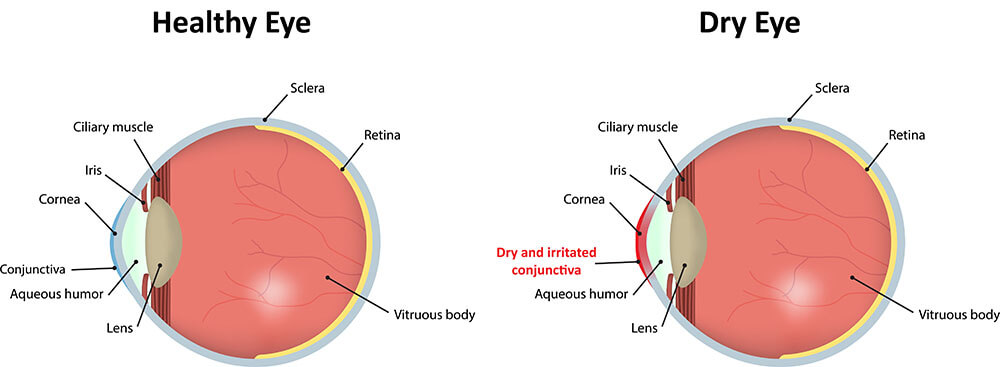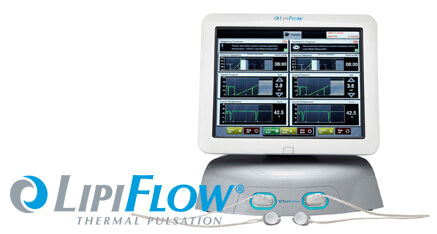
We Are Dry Eye Experts
There are millions of Americans suffering from vision issues caused from dry eye. This condition happens when your eyes don’t make enough tears, or when your tears don’t work correctly.
At Eye Care of La Jolla, our dry eye specialists understand the significant symptoms and complications Dry Eye Syndrome can cause. But, the good news is: if you have dry eye, Eye Care of La Jolla offers a variety of treatment options to keep your dry eyes healthy and stay comfortable.
We use the most advanced techniques to diagnose the underlying causes of dry eye and create custom treatment plans aimed at providing long-lasting relief for our patients.
How Can I Tell If I Have Dry Eye Syndrome?
Dry eyes cause a variety of symptoms, including:
- Burning or stinging sensations
- Heightened sensitivity to light
- Blurry vision that becomes worse over the course of the day
- Gritty or scratchy feelings in the eyes
- Foreign body sensation (feeling something is stuck in your eyes)
- Feeling like your eyes are tired
- Increased irritation from smoke, dry air or wind
- Mucus discharge from the eyes
- Periods of heavy tearing
Dry eyes can also cause significant discomfort with contact lens wear. The condition almost always affects both eyes.
What is Meibomian Gland Dysfunction?
Meibomian gland dysfunction (MGD) is a blockage or some other abnormality of the Meibomian glands. These glands are in the eyelids and produce the protective oily layer of the tear film. This oil helps protect the ocular surface from disease and prevents the watery part of the tears from evaporating when your eyes are open. Without these oils, our eyes become more susceptible to the negative effects that dry climates, air conditioning, computer use, reading, and other daily activities can have on the long-term health of our eyes.
MGD is associated with dry eye syndrome. It also is connected with an eyelid problem called Blepharitis.
MGD Identification
During your eye exam, the Dry Eye Team at Eye Care of La Jolla will look closely at your eyelids to inspect the gland openings. We will check your gland function and gland structure.
Gland Function
Function is evaluated by assessing how the glands respond to gentle force, approximating that of a deliberate blink. The blink health, which is crucial to maintaining gland function, is assessed by determining the completeness of each blink. Reduced gland function is correlated with symptoms of eye discomfort and eye redness.
Gland Structure
Structure is observed and captured with high definition gland imaging. Structural compromise, which is otherwise invisible, can be identified and documented with gland imaging. Structural compromise is unlikely to be reversible. Failure to treat obstructed glands is likely to lead to further structural compromise.






